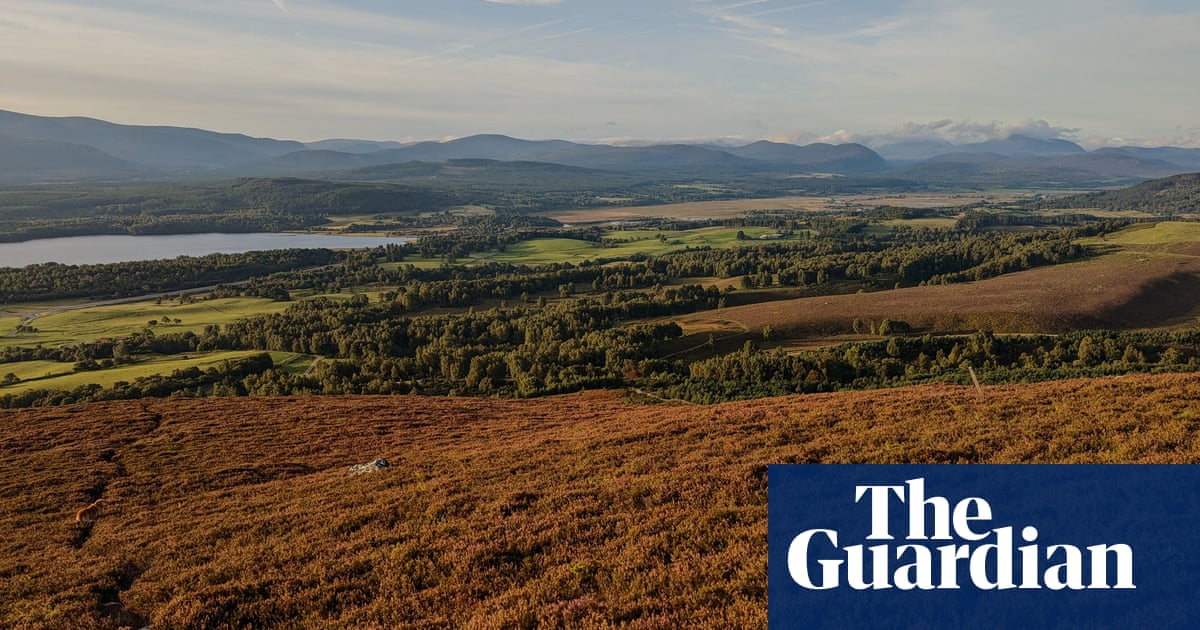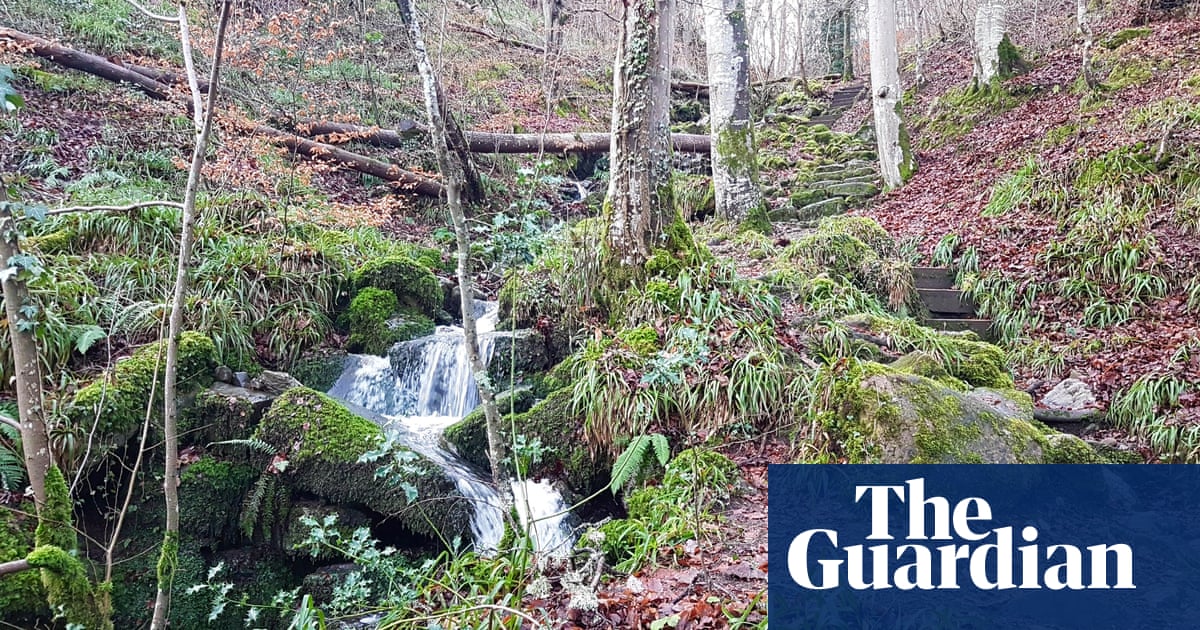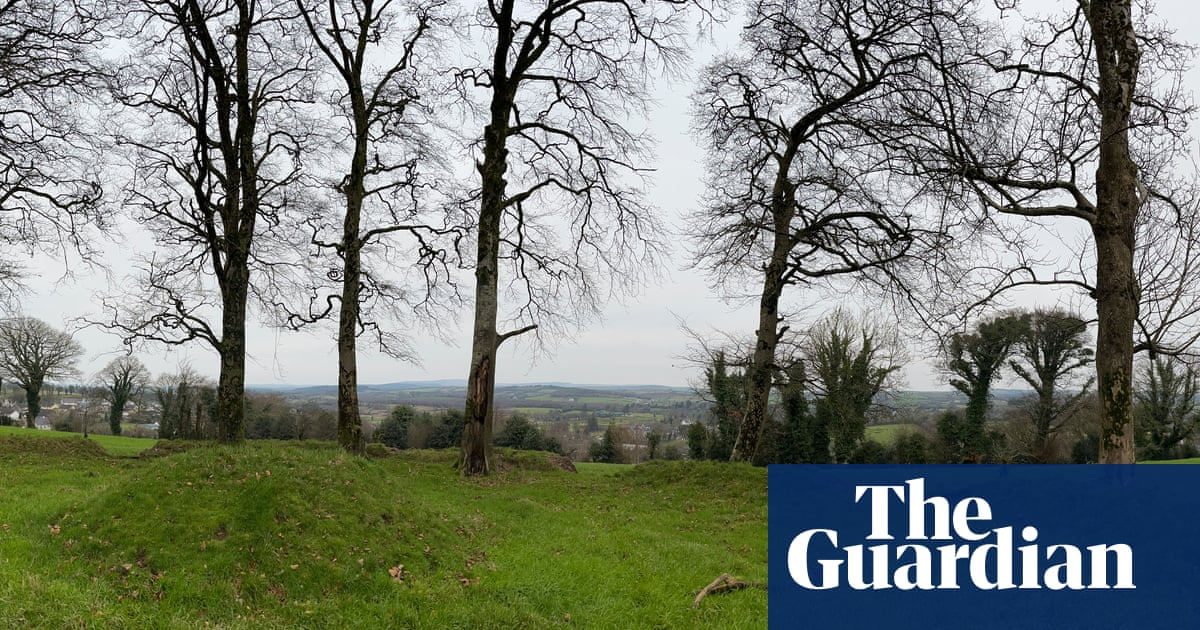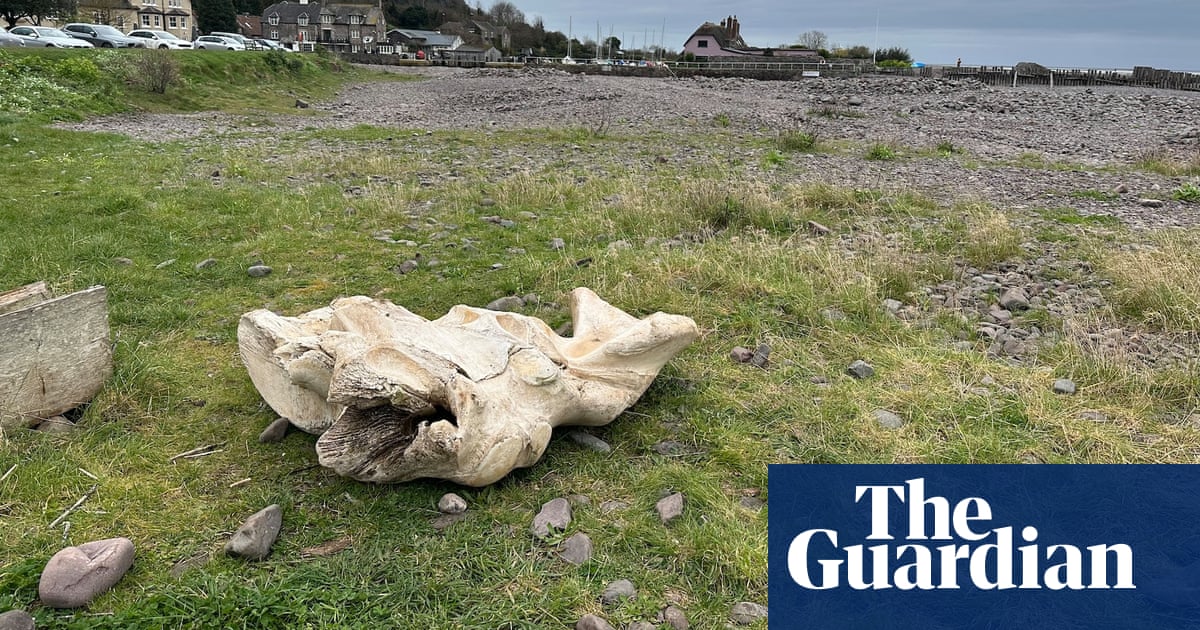
hen walking down the track to the estuary for my hour’s exercise, I picked up a feather from the green verge. It was delicately fringed, mottled brown, velvety – a tawny owl’s primary. I swished it through the air to admire its soundlessness, stuck it in my hatband, strolled on by the seawall to the millpool at Ynys where clamorous redshank roost. None were present. The only noisemakers around were a rackety mob of small birds – great tits, house sparrows – that darted in and out of sparse foliage on a great oak by the muddy path to Llanfihangel y Traethau. Focusing my glass, there, sure enough, the brindled presence of a sleeping tawny owl.
By Traeth Bach again the following evening, with a bag of scraps from the Penrhyn butcher in my pocket, I sat on a great slate block by the end of the track to watch the scudding birdlife that accompanies each turn of the tide. This is my cynefin, my milltir sgwâr. For 50 years, I’ve lived around this estuary, and I know and love it as well as anywhere on the planet. From this rock I can look across the Afon Dwyryd to my old house, invoking memories of the fallen owlet that I reared in my workroom there and reintroduced into the wild 30 years ago.
I laid out scraps of meat on a nearby rock, cupped my hands and, like Wordsworth’s Boy, “Blew mimic hootings” to the owls in the oak woods of the farther shore. Did “my” owl still live among those trees? Certainly I, and my late friend and neighbour Jonah Jones the sculptor, saw her often after she’d returned to the wild. Records exist of owls living to a considerable age, though few do. In the oldest extant Welsh story, Culhwch ac Olwen, the owl of Cwm Cawlwyd is third oldest among all creatures.
So I sat and waited and hooted on. A sound from over my right shoulder! A hundred yards away on a fence post perched a tawny owl, devouring a chunk of meat from the slate below. She, or one of her granddaughters, had come. I summoned again. She answered with a shriek, and fed on.












